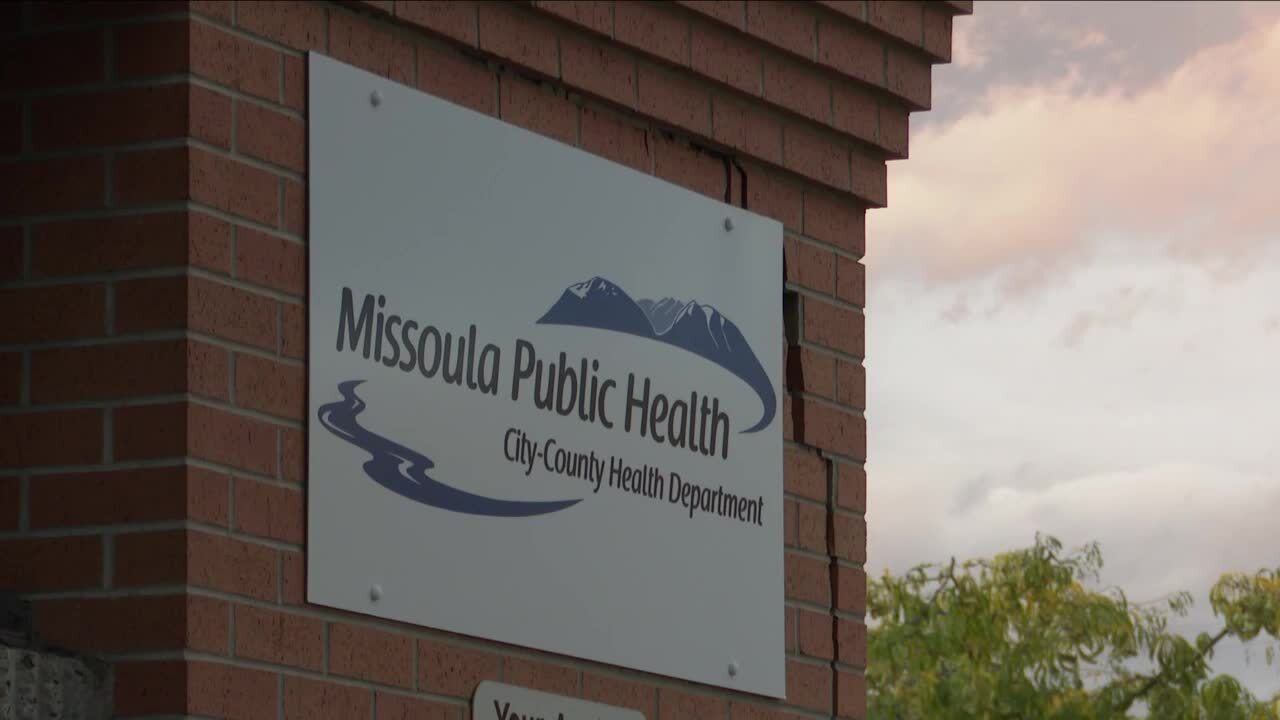MISSOULA — The number of people testing positive for COVID-19 is growing at a rate not yet seen in many Montana counties, including Missoula—but what’s being done to slow this surge?
According to Missoula County COVID-19 Incident Commander Cindy Farr, mitigation practices utilized last year are no on longer an option.
“So last year when we started experiencing a spike, we were able to limit group sizes at events and you know, mandate masks and those were all the things that helped us to get through that spike in a matter of a couple of months, and not get as many cases as what we're seeing now," Farr said.
New state laws changed the approach of local health departments statewide.
At the state legislature, House Bill 121 removed the ability for health boards to implement rules surrounding COVID-19. Rules instead must be approved by a local governing body, like a city council.
The law also changed a health rule violation from a misdemeanor to a civil penalty. No more than $200 for an individual or $250 for a business.
Another law added fallout to strict health measures.
House Bill 632 enacted the American Rescue Plan Act in Montana. In the text, a clause states that if local governments impose more strict COVID-19 regulations than the state, federal funding for local water and sewer infrastructure projects is reduced by 20 percent.
This point was brought up on the final legislative day, April 29.
“Twenty percent reduction in grants to me is a discrimination against communities that want to protect, do the right thing, protect the public health of their of their residents," said State Representative Mary Ann Dunwell on the House floor.
In response, State Representative Jim Keane explained his stance: “I don't look at it as a reduction; I look at it as use of their money to partner up to see who is serious about the grants.”
More than $460 million was allocated to Montana for these sorts of projects.
“That's millions and millions of dollars that would, we would not be able to get into the Missoula economy," Farr said.
Because of these changes, the Missoula City-County Health Department put stock in their remaining option.
“As far as quarantine and isolation, that is the one mitigation strategy that we are still legally able to do in Montana," Farr said.
An app called Sarah Alert is used for monitoring those methods. Once per day, symptoms are self-reported.
Normally, calls are also made to check on people. But the health department is understaffed by about 75 positions and doesn't have that capacity.
Farr said there have been more complaints lately too.
“Primarily coming from employees who are being told by their employer that they have to come to work, even if they are sick with COVID," Farr explained.
In response, employers are called to try to answer any questions they may have.
Health officials report people aren’t getting tested during initial symptom onset as frequently.
“We're finding that more and more people are waiting a long time to get tested. Usually, by the time that they do get tested, they're getting tested because they're getting admitted to the hospital because they've been so sick," Farr said.
As MTN News has reported, the worsening strain on the healthcare system isn’t the only crisis Montanans currently face. There’s also a rising cost of living and worker shortages across industries.
So the primary tool against the COVID swell according to Farr? Personal responsibility.


